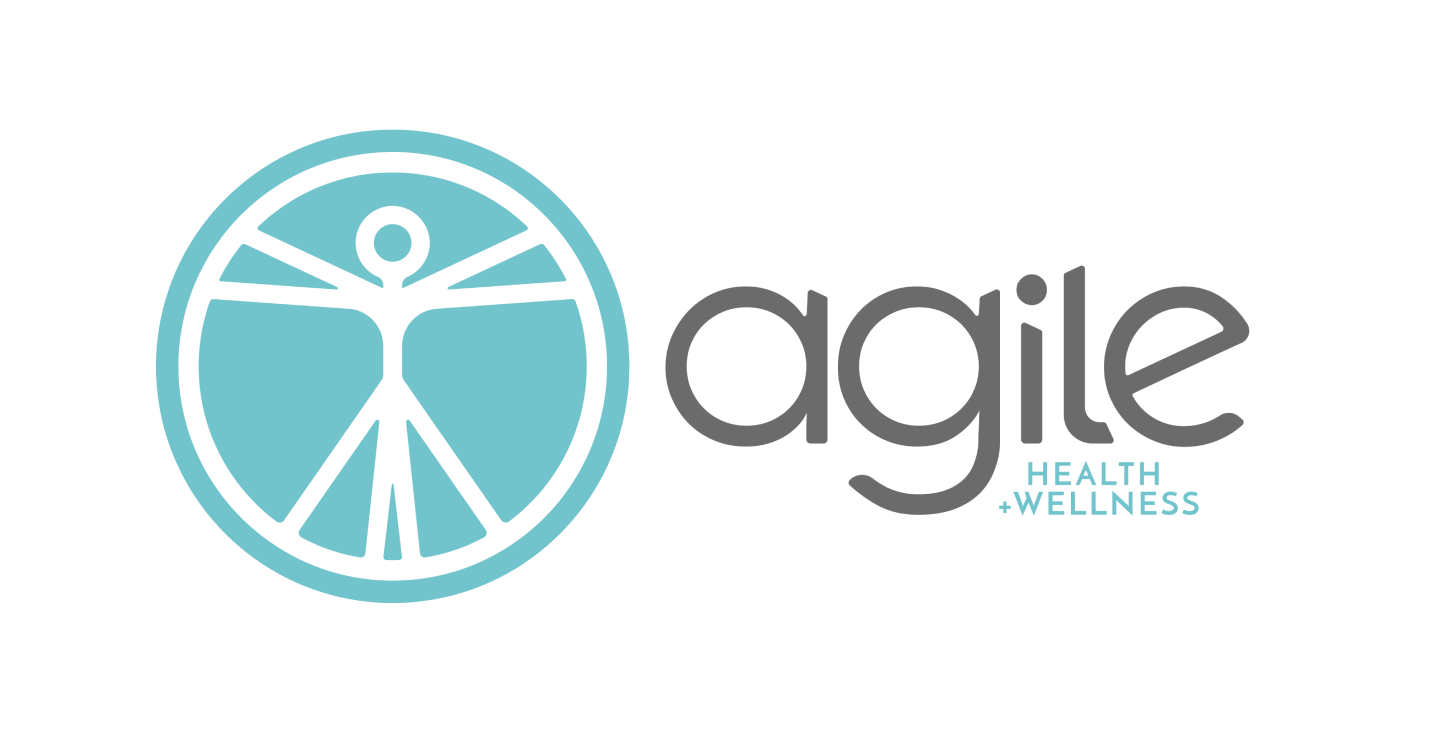
pilates
Rehabilitation techniques
Our modern lifestyle lures us into patterns of movement – hunching over laptops, sitting at desks and in cars, texting on mobile phones – that create faulty movement patterns and can lead to injury.
Chiropractic adjustments can be amazingly beneficial in helping you out of these patterns, but if the habit continues the adjustment won't last and the pain will return.
The Pilates method of exercise was originally developed as a rehabilitation technique. Joseph Pilates was himself quite sick as a child and became determined to overcome his frailty. He developed a series of exercises with custom spring resistance equipment to help rehab but also prevent injury. His work continues to be embraced and taught by the physical therapy community.
The Pilates method is extremely effective for rehabilitating injuries, supporting day-to-day function, and improving athletic performance. Pilates works because it functions to strengthen your deep stabilizers and correct your muscular imbalances. It teaches you how to move deliberately and efficiently to minimize injury.
Dr. Giles began practicing Pilates over a decade ago to help rehab a back injury. She found the practice so profoundly helpful she was inspired to teach this method to others. She often includes Pilates exercise and principles in her treatment plans. She has found that adjustments last longer and treatment frequency is significantly reduced when Pilates is incorporated. A body is much more likely to retain an adjustment when it is reinforced by correct movement training.


